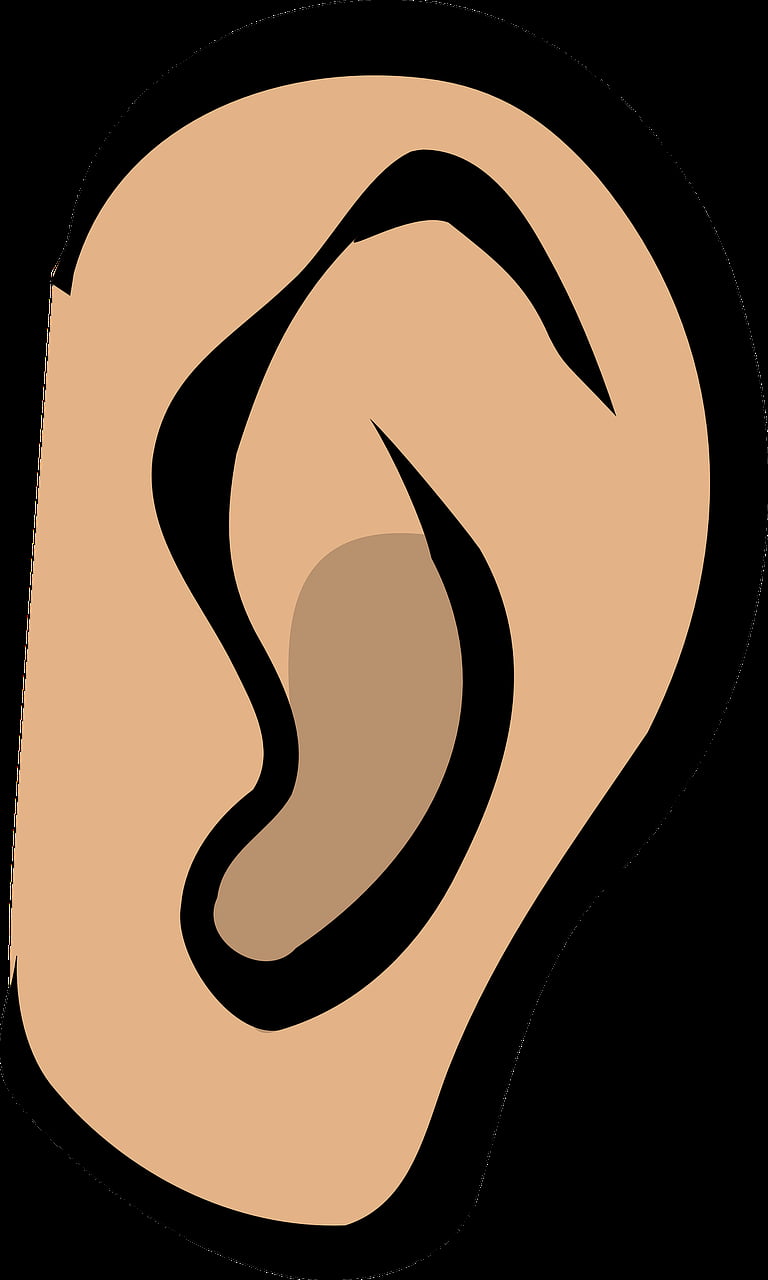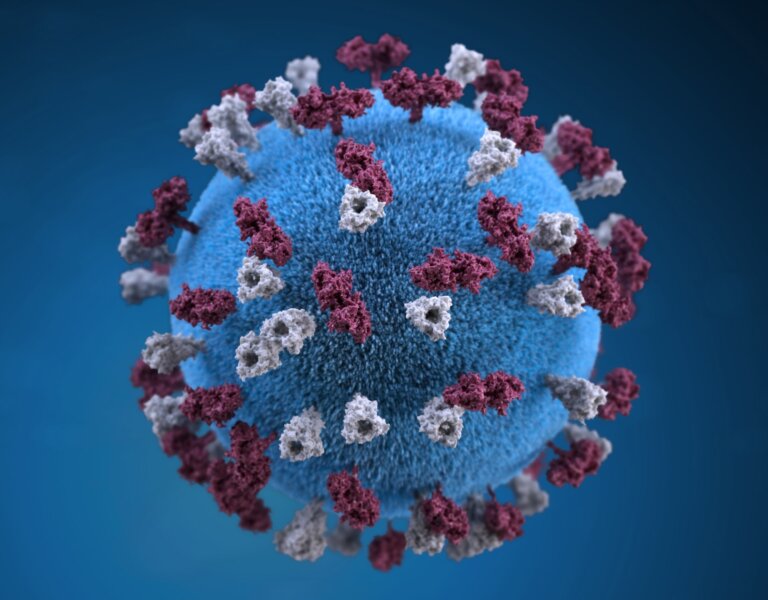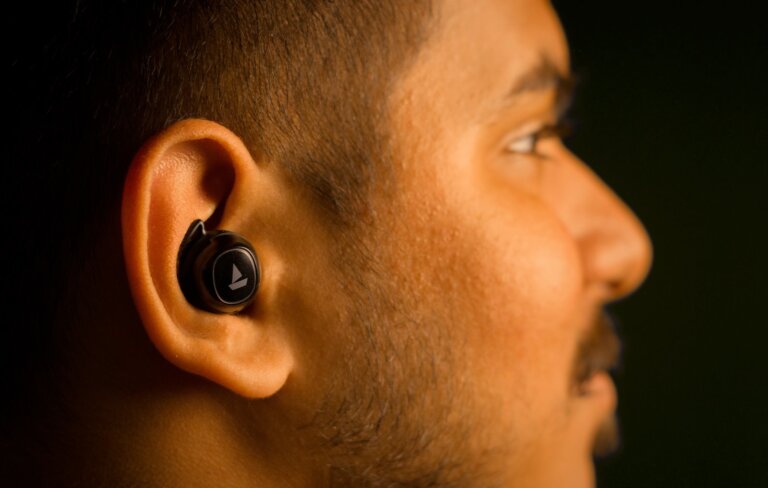A Guide to Advanced Courses in Manual Instrument Ear Wax Removal
Ear wax buildup can be a common problem that affects many individuals. While some may resort to home remedies or over-the-counter solutions, others may require the assistance of a healthcare professional. Manual instrument ear wax removal is one such method that offers a safe and effective way to alleviate this issue. In order to become proficient in this technique, individuals can explore advanced courses that provide comprehensive training. This guide aims to shed light on the importance of these courses and what they entail.
Why Pursue Advanced Courses in Manual Instrument Ear Wax Removal?
1. Enhanced Knowledge and Skills
Advanced courses in manual instrument ear wax removal offer a deeper understanding of the procedure. By enrolling in these courses, individuals can learn about the anatomy of the ear, different types of ear wax impactions, and the proper techniques involved in its removal. This knowledge equips healthcare professionals with the expertise to handle various ear wax-related issues effectively.
- In advanced courses, participants gain a thorough understanding of the intricate anatomy of the ear, including the external auditory canal, tympanic membrane, and middle ear. This knowledge is crucial in identifying potential complications and ensuring the safety of the procedure.
- Participants also learn about the different types of ear wax impactions, such as wet or dry wax, impacted wax, and foreign bodies. Understanding the specific characteristics and causes of each impaction allows professionals to tailor their approach and choose the appropriate techniques for effective removal.
- The courses focus on teaching the proper techniques for manual instrument ear wax removal. Participants learn how to handle specialized tools, such as curettes, forceps, and suction devices, with precision and care. They also practice different approaches, including the Jobson Horne probe technique, wire loop technique, and microsuction, to develop proficiency in performing the procedure.
2. Ensuring Safety and Comfort
Manual instrument ear wax removal requires precision and caution to ensure the safety and comfort of the patient. Advanced courses provide training on how to use specialized tools, such as curettes and forceps, without causing harm to the ear canal. Additionally, professionals learn how to manage patient anxiety and discomfort during the procedure, ensuring a positive experience.
- Professionals are taught the proper techniques for manipulating the specialized tools used in ear wax removal. This includes understanding the appropriate angles, pressure, and movements to avoid causing harm to the delicate structures of the ear canal.
- Advanced courses also emphasize the importance of patient comfort and anxiety management. Participants learn effective communication strategies to explain the procedure to the patient, address their concerns, and create a calming environment. Techniques such as distraction and relaxation techniques may also be taught to enhance patient comfort during the procedure.
3. Scope of Practice
For healthcare professionals looking to expand their scope of practice, advanced courses in manual instrument ear wax removal can be highly beneficial. By acquiring the necessary skills, individuals can offer this specialized service to their patients, enhancing their practice and providing comprehensive care.
- Advanced courses provide participants with the opportunity to expand their scope of practice by adding manual instrument ear wax removal to their skill set. This allows healthcare professionals to offer a wider range of services to their patients, improving patient satisfaction and overall care.
- By gaining expertise in manual instrument ear wax removal, healthcare professionals can become valuable members of a healthcare team, collaborating with other specialists to provide comprehensive care for patients with ear wax-related issues. This interdisciplinary approach ensures that patients receive the highest standard of care.
What to Expect in Advanced Courses
Advanced courses in manual instrument ear wax removal typically cover a range of topics and practical training sessions to ensure proficiency. Here is an overview of what one can expect:
1. Anatomy and Physiology of the Ear
Understanding the structure and function of the ear is crucial before attempting manual instrument ear wax removal. Advanced courses provide detailed lessons on the anatomy and physiology of the ear, including the external auditory canal, tympanic membrane, and middle ear. This knowledge enables professionals to identify potential complications and perform the procedure safely.
- Participants will delve into the intricate anatomy of the ear, learning about the different parts and their functions. This includes understanding the role of the external auditory canal in sound transmission, the importance of the tympanic membrane in protecting the middle ear, and the function of the middle ear in amplifying sound vibrations.
- Detailed lessons on the anatomy and physiology of the ear also include the identification of potential complications. Participants will learn to recognize abnormalities or variations in the structure of the ear that may affect the procedure. This knowledge allows professionals to adapt their techniques for safe and effective ear wax removal.
2. Types and Causes of Ear Wax Impaction
Different types of ear wax impactions require specific approaches for their removal. Advanced courses delve into the various types of impactions, such as wet or dry wax, impacted wax, and foreign bodies. Participants learn how these impactions occur, the associated symptoms, and the appropriate techniques to address each condition effectively.
- Participants will gain in-depth knowledge about the different types of ear wax impactions and their characteristics. Wet wax, for example, is usually soft and sticky, while dry wax is hard and may form a blockage. Understanding the characteristics of each type of impaction is crucial in choosing the most suitable technique for removal.
- The courses also cover the causes of ear wax impaction, including excessive production of ear wax, narrow or curved ear canals, and the use of hearing aids or earplugs. By understanding the underlying causes, healthcare professionals can provide appropriate advice and preventive measures to their patients.
- Participants will also learn about the symptoms associated with ear wax impaction, such as hearing loss, earache, tinnitus, and dizziness. Recognizing these symptoms allows professionals to make an accurate diagnosis and determine the best course of action for each individual.
3. Manual Instrument Techniques
The core focus of advanced courses is to develop proficiency in manual instrument ear wax removal techniques. Trainees learn how to handle specialized tools, such as curettes, forceps, and suction devices. They also practice different approaches, including the Jobson Horne probe technique, wire loop technique, and microsuction. Through hands-on training, professionals gain confidence and dexterity in performing the procedure.
- Advanced courses provide participants with hands-on training in the proper use of specialized tools for ear wax removal. Trainees will learn how to handle curettes, forceps, and suction devices with precision and care to ensure the safety and effectiveness of the procedure.
- Different techniques for ear wax removal will be taught, allowing participants to explore various approaches and choose the most suitable one for different scenarios. The Jobson Horne probe technique, for example, involves using a specialized spoon-shaped instrument to scoop out the ear wax. The wire loop technique utilizes a small loop to gently remove the wax, while microsuction involves using a suction device to remove the wax under direct visualization.
- Through repeated practice and guidance from experienced instructors, professionals will develop the necessary skills and dexterity to perform manual instrument ear wax removal confidently and effectively.
4. Patient Assessment and Management
Assessing patients prior to ear wax removal is crucial for a successful procedure. Advanced courses cover patient assessment techniques, including otoscopy, history-taking, and examination of the ear canal. Participants also learn how to effectively communicate the procedure to the patient, manage their expectations, and provide post-removal care instructions.
- Participants will learn how to perform otoscopy, which involves using an otoscope to examine the ear canal and tympanic membrane. This allows professionals to assess the condition of the ear, identify any abnormalities, and determine the most appropriate technique for wax removal.
- The courses also emphasize the importance of taking a detailed patient history, including information on previous ear conditions, symptoms, and any previous attempts at wax removal. This information provides valuable insights into the patient’s specific needs and helps in tailoring the procedure accordingly.
- Effective communication with the patient is a crucial aspect of the procedure. Participants will learn how to explain the process to the patient, addressing any concerns or anxieties they may have. Managing patient expectations and providing clear post-removal care instructions ensures a positive overall experience and a successful outcome.
5. Troubleshooting and Complications
Despite proper technique and precautions, complications may arise during manual instrument ear wax removal. Advanced courses prepare professionals to handle potential issues, such as bleeding, perforation, and incomplete removal. Trainees gain knowledge on troubleshooting techniques and how to manage complications promptly and effectively.
- Advanced courses cover the potential complications that may arise during ear wax removal and teach participants how to troubleshoot these issues. For example, if bleeding occurs during the procedure, professionals will learn how to apply appropriate techniques to control the bleeding and ensure the safety of the patient.
- Participants will also learn how to manage complications such as perforation of the tympanic membrane or incomplete removal of ear wax. Strategies for addressing these situations promptly and effectively will be taught, ensuring the best possible outcome for the patient.
- The courses provide a comprehensive understanding of potential complications and equip professionals with the skills and knowledge to handle them confidently, minimizing the risk of adverse events during ear wax removal.
6. Legal and Ethical Considerations
Advanced courses also touch upon the legal and ethical aspects of manual instrument ear wax removal. Participants learn about the scope of practice, the importance of obtaining informed consent, and the role of documentation and record-keeping. Understanding these considerations ensures professionals adhere to the highest standards of care and professionalism.
- Participants will gain an understanding of the legal and regulatory framework surrounding manual instrument ear wax removal. This includes learning about their scope of practice and the boundaries within which they can provide this specialized service.
- The courses emphasize the importance of obtaining informed consent from patients before performing the procedure. Participants will learn about the elements of informed consent, how to effectively communicate the risks and benefits of the procedure, and how to address any questions or concerns raised by the patient.
- Documentation and record-keeping are essential aspects of healthcare practice. Advanced courses teach participants the importance of maintaining accurate and detailed records of the procedure, including patient information, the technique used, any complications encountered, and post-procedure instructions. This ensures accountability and facilitates continuity of care.
Conclusion
Enrolling in advanced courses in manual instrument ear wax removal is highly recommended for healthcare professionals seeking to enhance their skills and expand their scope of practice. These courses provide comprehensive training in the anatomy of the ear, techniques, patient assessment, troubleshooting, and legal considerations. By acquiring advanced knowledge and skills, professionals can offer safe and effective ear wax removal services, ensuring patient comfort and satisfaction.
Please note that the complete article is shown in markdown format above.
FAQ
1. Why should I pursue advanced courses in manual instrument ear wax removal?
- Advanced courses provide enhanced knowledge and skills in the procedure, including understanding the anatomy of the ear, different types of ear wax impactions, and proper removal techniques.
2. How do advanced courses ensure safety and comfort during manual instrument ear wax removal?
- Advanced courses teach professionals how to use specialized tools without causing harm to the ear canal and how to manage patient anxiety and discomfort during the procedure.
3. How do advanced courses expand the scope of practice for healthcare professionals?
- Advanced courses allow healthcare professionals to add manual instrument ear wax removal to their skill set, offering a wider range of services to their patients and collaborating with other specialists for comprehensive care.
4. What topics are covered in advanced courses in manual instrument ear wax removal?
- Advanced courses cover topics such as the anatomy and physiology of the ear, types and causes of ear wax impaction, manual instrument techniques, patient assessment and management, troubleshooting and complications, and legal and ethical considerations.







